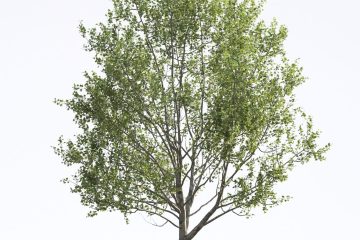The Fascinating World of Ladybirds

Introduction
Ladybirds, often recognised by their striking red bodies and black spots, are more than just charming insects. These small beetles play a crucial role in our ecosystem, particularly in pest control. Their presence in gardens is vital as they consume aphids and other plant-sucking pests that can devastate crops and ornamental plants. Understanding the significance of ladybirds and their current status helps highlight their importance in biodiversity conservation.
Ladybirds and Their Role in Ecosystems
Globally, there are over 5,000 species of ladybirds. In the UK alone, around 47 species can be found. These colourful beetles are true allies for gardeners and farmers alike as they can voraciously consume aphids, mealybugs, and other harmful insects. A single ladybird can eat up to 5,000 aphids in its lifetime, making them remarkable in natural pest management. Their larvae are equally effective, preying on pests before they mature into beetles.
Current Events: Challenges to Ladybird Populations
Despite their benefits, ladybirds face numerous challenges today. Habitat loss, pesticides, and climate change are significant threats to their populations. The recent report by the UK Centre for Ecology & Hydrology highlights a concerning decline in ladybird numbers, with the seven-spot ladybird, a common species, experiencing a sharp drop in regions where agricultural practices have intensified. Furthermore, invasive species, such as the Harlequin ladybird, have outcompeted native species, further contributing to the decline.
Conservation Efforts
Conservationists advocate for practices that protect ladybird habitats, including reduced pesticide use and the implementation of organic farming methods. Community initiatives aimed at creating ladybird-friendly environments within gardens, such as planting native flowers and avoiding harsh chemicals, are gaining momentum. Educational campaigns also emphasise the importance of ladybirds, encouraging the public to value and protect these beneficial insects.
Conclusion
Ladybirds are not just a delightful sight in our gardens; they serve a vital ecological function that supports sustainable agriculture and maintains natural pest control. Given current environmental challenges, it is imperative that we acknowledge their significance and actively contribute to their conservation. By fostering an understanding of ladybirds, we can help ensure these wonderful beetles continue to thrive, benefitting the ecosystem and our agricultural practices for generations to come.









